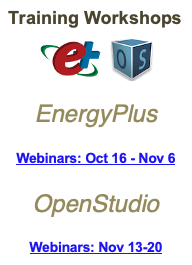Here is a general answer for PAT project cleanup that could be used for a number of use cases. This would include copying a pat project, distributing a PAT project to someone else, or committing a PAT project to a version control repository like Git.
- After you run an analysis in PAT and you are done looking at results, clear all simulation results. You can do this on the Run tab by clicking the "C" All button. It will be the column header about the "C" for each datapoint. The reason for doing this is that while the "pat.json" is an input file, it gets overloaded with high level simulation results after a run. A 500k input file can explode to 100MB with results.
- Save the PAT project and then quit PAT. The reason for this is that a number of temporary files are created while PAT is open, you don't want these copied or committed to a code repository.
- Remove any other "json" files at the top of your project along with "zip" files with the same name. These are generated when you run an analysis, and then sent to the server to run the analysis. They are re-generated the next time you run an analysis from PAT.
- Remove directories named "clusters, data, localResuls, logs". You should not see "temp_data" if you already quit PAT, but if you see that, remove it as well.
- All that should be left is "pat.json, measures, seeds, weather". You may also have a "scripts" directory as well. If you do leave that one alone. It is used for initialization and finalization scripts.
At this point you have clean PAT project that is ready to be copied, zipped and emailed to someone, or committed to a version control repository.
A bonus step if you developed and tested any of the measures in your PAT project. Some measure tests result in an "outputs" directory. This is used to store test results but not needed to run a measure. You should not see this on measure from BCL but may on measure you wrote and tested on your own. If the measure happens to be a reporting measure then the "outputs" directory will contain full simulation results for one or more test. This will make your file much larger to copy or commit.





